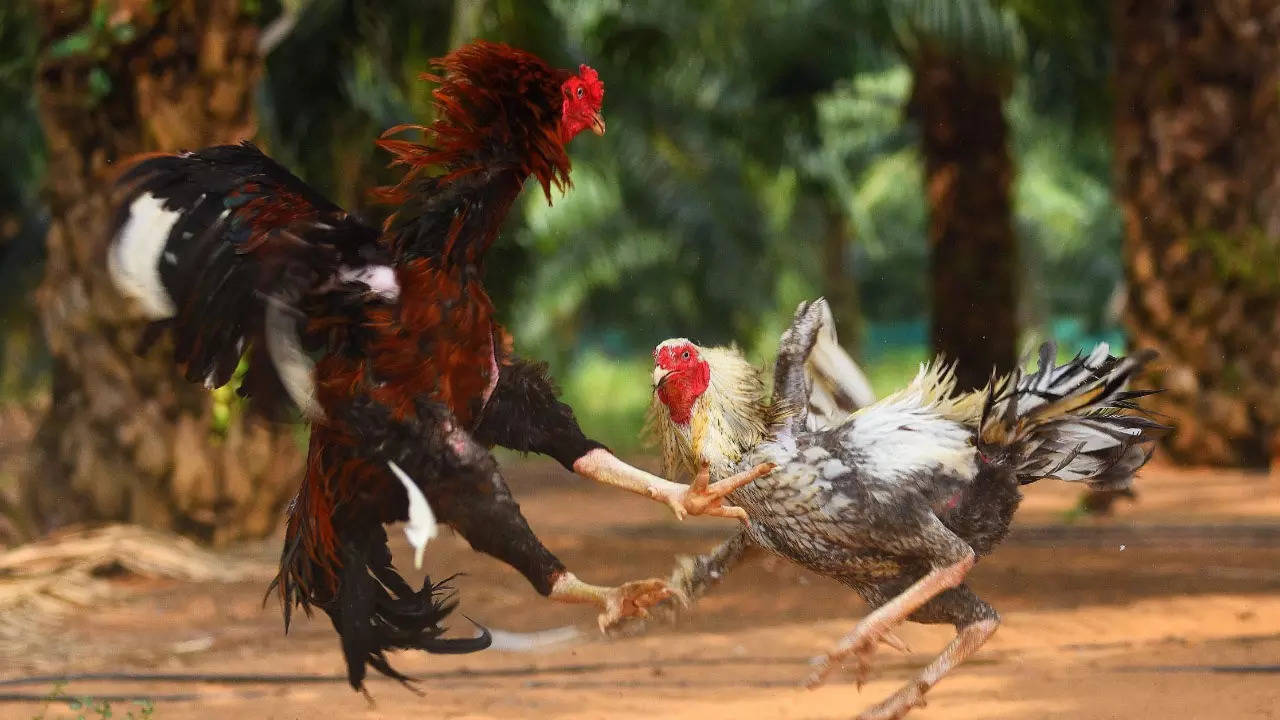Cockfighting, a centuries-old practice that originates thousands of years, continues to spark both curiosity and dispute globally. This primal spectacle, showcasing two roosters facing off in a fight to the finish, has deep cultural roots in numerous cultures. Although heavily criticized from animal rights groups, the practice persists, often regarded as a vibrant part of local customs.
The continuation of cockfighting transcends its role as simple entertainment; it embodies social connection, rivalry, and sometimes even economic opportunity. In regions where it thrives, cockfighting serves as a social gathering point, attracting participants and spectators into a collective experience that can enhance communal bonds. Comprehending why this controversial tradition continues to flourish calls for an examination into its cultural significance, the values it represents, and the complex interplay between tradition and the modern world that shapes its continued significance.
Cultural Significance of Fighting Birds
Cockfighting has a deep past that dates back thousands of centuries, with evidence of its existence found in ancient civilizations such as Greece, the Roman Empire, and the Indian subcontinent. RR88 Roosters selected for their fighting skills were raised and conditioned carefully, transforming the sport into a spectacular spectacle for spectators. In ancient Hellas, it was even featured in writing and depictions, reflecting its cultural significance. The popularity of this practice persisted to expand through the ages, often associated with rituals and ceremonial events, marking its role in various cultures around the world.
During the medieval period, cockfighting became intertwined with community and societal life. It drew the attention of the elite, leading to formal fights and the creation of formal rules. These events were not merely contests but were also considered as arenas for showcasing courage and prowess, thus elevating their significance. Additionally, as the practice spread globally through colonization and trade, it evolved to various local traditions, embedding itself deeper into social heritages.
In modern era, despite lawful restrictions in many areas, this practice remains important in areas where it is still practiced. It serves as a form of leisure and a means of community connection within society. The traditions surrounding these matches often include betting and festivities, which strengthen social bonds. As such, cockfighting continues to reflect profound societal principles and historical stories, highlighting its enduring role in human past.
Cultural Perspectives and Traditions
Cockfighting has deep roots in numerous cultures around the world, often viewed as not merely a type of entertainment. In many societies, it is steeped in tradition, serving as a rite of passage or a communal activity that unites people together. Competitors often display a deep sense of pride in their birds, which are regarded as symbols of power and resilience. This bond to the animals fosters a spirit of friendship among enthusiasts, leading to the establishment of local and regional clubs dedicated to breeding and training.
In addition to social bonding, cockfighting reflects cultural values and beliefs. In some cultures, the battles symbolize a struggle for existence, echoing broader themes of competition and dominance present in nature. The intricate ceremonies and wagering customs that accompany each fight elevate the experience, transforming it into a spectacle that captivates both participants and spectators. This aspect of cockfighting expresses a community’s cultural essence while preserving historical practices that have been passed down through generations.
Despite its contentious nature, cockfighting remains a significant cultural phenomenon. Supporters argue that it is an expression of cultural heritage and a platform for local economies, especially in rural areas where such events can draw large crowds. The debates surrounding its moral considerations continue to challenge these viewpoints, yet the resilience of cockfighting as a cultural practice suggests that its allure, steeped in history and social interaction, holds a lasting appeal that is not easily overlooked.
Lawful and Ethical Implications
The legality of cockfighting varies significantly across various jurisdictions, creating a complicated landscape for fans and participants. In many countries, cockfighting is prohibited, viewed mainly as a form of cruelty to animals. Legislation often aims to safeguard animals from unnecessary harm and to uphold societal values regarding the treatment of living beings. However, in some societies and regions, rooster fighting carries a traditional significance that challenges these legal frameworks, with traditional practices that have existed centuries. This dichotomy raises questions about the legitimacy and relevance of laws in the context of cultural heritage.
Ethical issues surrounding cockfighting are equally contentious. Advocates argue that in some societies, rooster fighting is an essential part of communal life and identity, providing a sense of belonging and continuity. They highlight the care that participants often provide to their birds, from breeding to training, suggesting that the bond between the handler and the animal can be one of mutual respect. On the other hand, opponents stress the innate suffering and risk of injury to the animals involved, arguing that even in the name of tradition, animal welfare should take priority over traditions that promote harm and suffering.
The ongoing debate about cockfighting’s legality and ethics illustrates broader societal tensions regarding animal rights and cultural expression. As societies grapple with the consequences of these practices, some advocates call for reform rather than outright bans, such as controlling cockfighting events to ensure the well-being of animals while allowing cultural traditions to continue. This approach seeks to create a harmony between respecting cultural practices and addressing concerns about cruelty to animals, reflecting the complexity of navigating traditions in a contemporary context.
